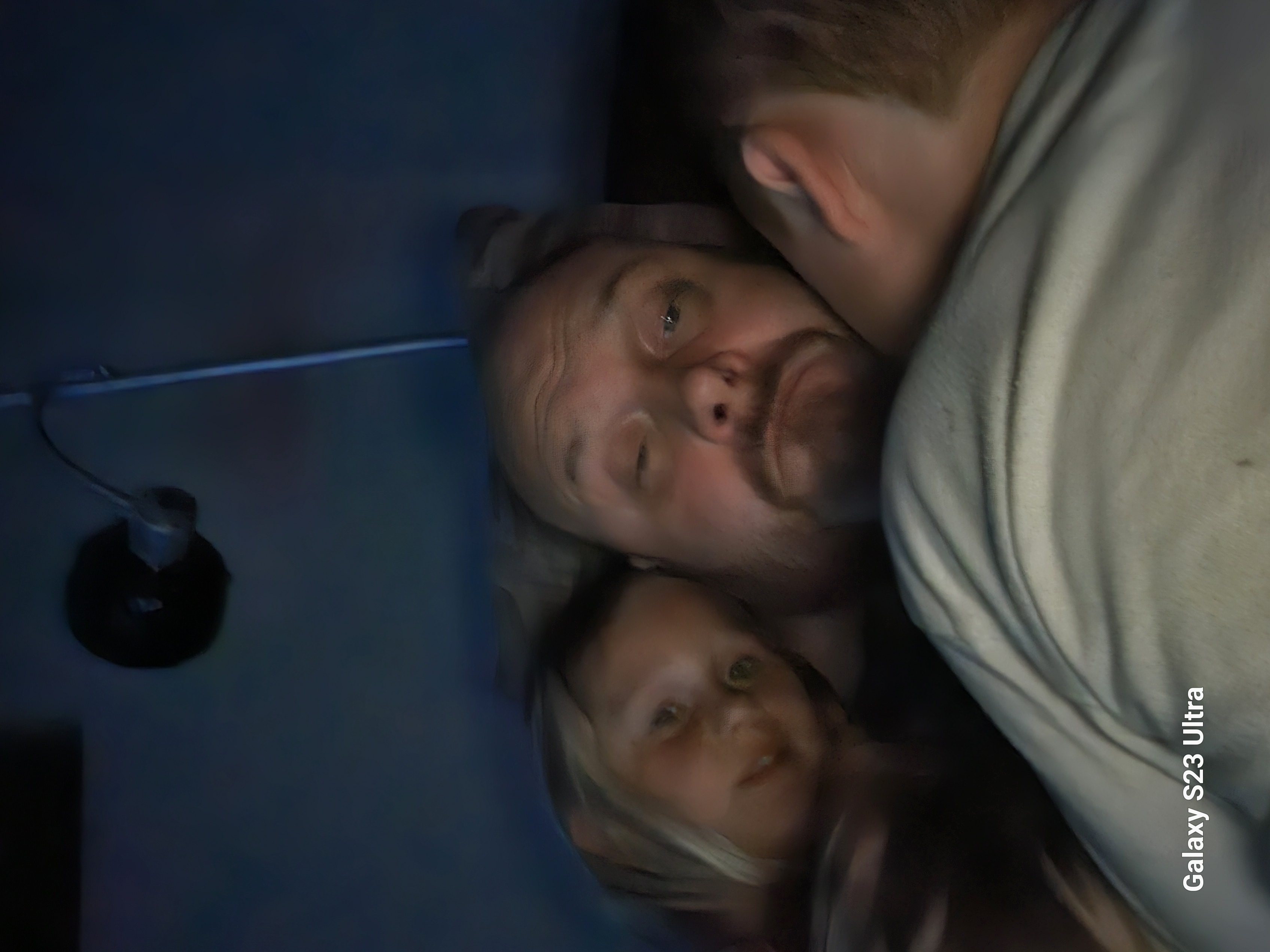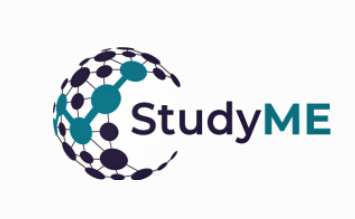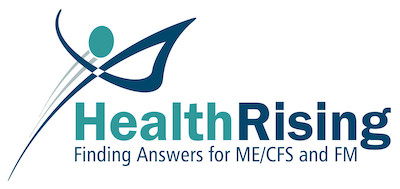



Vision was never the question with the Open Medicine Institute (OMI). They’ve always dreamed bigger than anyone else. They had vision in spades. The question was always follow through. Would they be able to make good on that big vision?
Slowly but surely, they’re starting to, and they’re doing so in the most interesting fashion. Nestled in the heart of Silicon Valley the OMI and the Open Medicine Foundation – which has been supporting it and other projects – are taking full advantage of their technologically rich environment. When the Open Medicine Foundation needed new technology to carry out a project they built it. They’re digging deeper into the genome than anyone else has. They have access to some of the best tools in the land. They’re soon to begin the biggest cognitive survey ever done using their unique online database.
Last year was a big year for the OMI and the OMF. They’re getting their feet under them and starting to move.
Big Data Indeed
There’s no doubt that technology is going to provide the answer to ME/CFS. The deeper researchers can look into this disease the more quickly they’re going to be able to figure it out. Starting with the genes, the OMF wants to take the deepest look into ME/CFS ever.
Familial links have long been speculated, however, no research study has ever placed a direct finger on genetics as having a role in ME/CFS – these initial pilot studies were aimed at putting that finger down on the map. Dr. Kogelnik
Full Genome Arrays
The Edward P. Evans Foundation provided the funds, and the Stanford Genome Technology Center (SGTC) provided the technology to produce for the first time, the full genomes of ME/CFS patients. This project – which involved seven carefully chosen ME/CFS patients – is one step in their larger project to do in-depth and comprehensive analyses of virtually every important system of the bodies of severely ill patients. This massive fishing expedition – if it’s funded – could pluck out core areas of dysfunction that would otherwise take decades of plodding research to find.
If you don’t know where to look and with the pitiful research funding chronic fatigue syndrome has received we don’t know where to look – you simply look everywhere. You get the best tools, and you look everywhere. I’ll be covering more on this project soon.
For now they have the full genomes of seven ME/CFS patients. Dr. Kogelnik reported that the “tidal wave” data resulting from the project has identified families of genes that may constitute the weak links in ME/CFS patient’s genetic armor.
New Technology
“I really enjoy working on problems that others think are unsolvable.” – Ron Davis

Adaptability is the theme of this portion of our immune system that’s been tasked with the feat of identifying rapidly evolving pathogens. These regions of our genome are so variable and complex that in-depth analyses of them are typically left off of “whole genome” analyses. Not any more.
The OMF, with the Edward P Evans Foundations help, has scanned the HLA regions of over 600 ME/CFS patients. Dr. Kogelnik reported the results thus far were “promising”. After scans of 10,000 healthy controls produce a good comparative sample, a paper will be published. Will genetic barriers to pathogen recognition pop out in ME/CFS? Will problems recognizing herpesviruses, in particular, show up?
Time will tell.
Methylation
The methylation and other events that slowly but surely irrevocably alter our gene expression over time have become big news in research and ME/CFS researchers are jumping in with two feet. Patrick McGowan’s successful Solve ME/CFS Initiative epigenetic pilot study has turned into a major grant. The CDC and the Australian NCNED group have been exploring this area as well, and the OMF and the STGCC are doing so as well.
Last fall the OMF researchers began a pilot study examining methylation patterns in several hundred patients. The results were intriguing enough for them to begin a larger study – thanks again to the Edward P Evans Foundation – to replicate them.
Core Technology In Place
Gene expression is enticing because it measures what’s going on in the body at any one time; which genes are active, which one’s have been turned off. It’s ability to produce a snapshot of the body in action makes it a potentially invaluable tool for determining how the body responds to anything from exercise to different stressors to treatments. A generous funder just provided the OMI with a tool that can measure 70,000 gene expression points at one time.
They’ll be using their gene expression machine to assess one of the bigger treatment questions in ME/CFS and FM: how big of a role do the MTHFR mutations play in these disorders? A multi-site treatment trial will begin soon.
Large Cognitive Survey On Tap
The OMI’s information platform, OpenMedNet is an online database for collecting clinical information on ME/CFS and other patients. Now being used to house information and samples from the CDC multi-site study, OpenMedNet is soon going to go public.
Five thousand ME/CFS patients have registered in OpenMedNet. It appears many of them are going to get emails in the near future. With the help of Brain Resources, Inc. the OMI will begin an ongoing survey of cognitive functioning of 3-4,000 ME/CFS using online tools.
Movement
Our results over this year and the rising ground-swell around ME/CFS in the news and research literature leave us exceptionally optimistic for more progress in 2015 and beyond than we have seen in the field in a long time. Dr. Kogelnik
The goal at the OMI and OMF has always been to build the biggest network with the most data, and bring in the best researchers to crack ME/CFS. Coming from nothing just a few years ago, theirs was an audacious vision. They’re not there yet – there are no breakthroughs to report – but the progress is real.
You can see the foundations being built for the OMF’s mega “End ME/CFS Project” being built.

It takes time and a lot of work to build something. You have to put in ten times the work in the beginning to get one result out. It’s hard to build momentum but it feels like that’s what’s happening with the OMF. With its cache of internationally respected researchers it could go far if given the chance. If one group in the ME/CFS universe is going to really “pop” it might be this one.
- Check out Dr. Kogelnik’s recent update here.
Inquiry of the Day on the Health Rising Forums : What types of meds are you taking for your ME/CFS/FM?
- Coming Up – Deep Dive: The OMF Goes Deep Into the Severely Ill For Answers to ME/CFS








I am a patient of OMI and am so thankful for their commitment to solve the core of ME/CFS as well as the excellent patient care provided by their doctors. They give me the hope to keep going on days when I feel that I will not survive this illness. Thank you Ron Davis, Linda Tannenbaum, Dr. Kogelnick and Dr. Kaufman for all that you are doing to help a group of patients who have been abandoned by America and the world.
Did the OMF methylation pilot study actually get published?
I don’t think gene studies are the answer because ME/CFS is a very hetrogeneous disease. I even wonder if the cause ever will be found. I am very negative about this. Our lives are wasted anyway.
With other heterogeneous diseases, they have started to find some genetic links. In heterogeneous diseases, you have to start somewhere. If there are at least some known patterns, those patterns are a good place to start and any resulting treatment could help a broader set of patients.
Is OMI or any other place, like Simmaron, looking for more patients with familial links?
What’s their funding situation?
Did they get any big donations or big grants or are they still scrambling along?
Everyone, please donate to the Open Medicine Foundation!
http://www.openmedicinefoundation.org/ways-of-giving/donate/
I made a recurring donation of $10 per month.
If we have 1 million people in USA with ME/CFS and each person or family, friends, donated $500 per year, we would have $500 Million for R&D per year vs $5M per year at NIH.
We should always strive for more Federal funding for NIH, and also CFS there, but self funding is more probable to get higher funding now.
I will donate >$500 this year, can you all do the same? Some cannot afford this and that is fine, but for those who can afford, let’s pull on our own bootstraps to make major progress, AND keep pushing larger, more rational NIH funding to tune of $100M or more per year.
That’s great Mark…
I AM VERY INTERESTED TO FOLLOW AND READ ABOUT WHAT IS DISCOVERED IN THE GENOME STUDY .
MY MOTHER HAD RHEUMATIC FEVER IN HER MID 30’S .SHE WENT ON TO HAVE RHEUMATOID ARTHRITIS .
I HAD A SEVER VIRAL ILLNESS IN MY MID 30’S , AND WAS DIAGNOSED WITH CFS.
MY NEPHEW , NOW 35 HAD BEEN DIAGNOSED WITH HASHIMOTO’S THYROIDITIS LAST YEAR . AFTER A YEAR OF STUGGLING TO KEEP THIS AUTO-IMMUNE DISEASE IN CONTROL , HE HAS HAD TO BE HOSPITALIZED DUE TO HIS SEVERE SYMPTOMS.
I THINK I SEE A PATTERN HERE !
Mark, I agree with you about the funding. It is more likely that funding fro biomedical research will come from patients themselves and I too urge everyone who can afford it to donate as much as they can. I donate about two thousand dollars a year to various ME/CFS organizations and projects but Ive managed to work full time for the past three years. Even though I am going down to part time now I can still probably afford it. The sad truth is most people with the illness can’t even afford to feed themselves but for those of us who can afford, we should donate to rigorous biomedical research such as this. It seems people donate more to specific projects than to organiztions themselves so I hope this project gets a lot of funding.